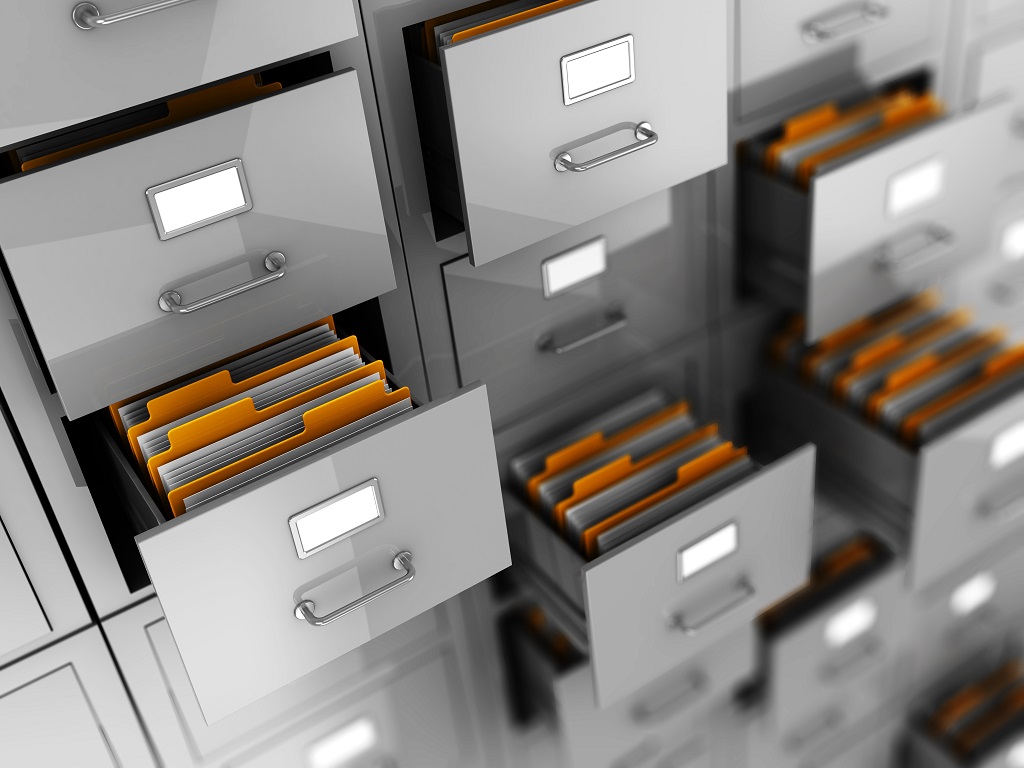In this digital age it’s not difficult to conclude that paper is fading away. However, we still have a substantial amount of paper. From important financial documents to legal documents, to treasured photographs of our families and precious memories, these items have an immense value and require meticulous safeguarding. The issue is, how can we ensure that these documents are safe organized, well-organized, and easily accessible without them becoming a clutter in our homes? This is why the proper document storage becomes essential.
Consider this the important documents that are scattered throughout the home are susceptible to various risks. They could be lost or damaged by spills, pests or floods or even destroyed when moving. Unsuitable storage could result in deterioration as the paper becomes yellowed or brittle, and even moldy. This can make them difficult to read, but it can reduce their value. Imagine trying to find your home’s deeds at the course of a sale only to find them damaged by water and unreadable. It’s it’s a very stressful and expensive circumstance.
Table of Contents
The Paperwork Problem – Why Safe Storage Matters
Document storage that is effective isn’t only about cleaning up your office; it’s about protecting your important information and peace of head. With a well-designed storage system, you will keep your documents safe from physical damage, guarantee that they are easily accessible when you need them and also free up space within your home.
If you’re trying to reduce your space, get rid of clutter or simply searching for a safer way to keep your most important documents understanding the storage options is crucial. This guide will discuss various ways to keep your documents secure, with a special attention paid to the advantages of self-storage, which is a safe and efficient solution. We will also explore different storage options, helping you to make a well-informed choice regarding the most suitable solution for your particular requirements.
Common Document Storage Mistakes (And How to Avoid Them)
We’ve identified the importance of the proper storage of documents however it’s equally important to know the most common mistakes that could affect the security and integrity of your documents. A lot of people make mistakes which can result in destruction, loss, or difficulties in accessing their most important documents. If you are conscious of the common mistakes and mistakes, you can make proactive efforts to avoid these mistakes and ensure that your documents are safe and organized.
A common mistake is stacking documents into boxes with no organization. Although placing everything in the box may seem like an easy solution, it causes chaos when you must find the right document. Imagine having to search through a multitude of unlabelled boxes to find the birth certificate of a single person – an exhausting and time-consuming task. To prevent this from happening make sure you have the right filing systems. Utilize dividers, folders with labels or index cards to organize your files. This simple method will make it easier for you to do a lot of searching later on.
Another common mistake is to store documents in areas that are not suitable for them. Dry basements or attics with humidity, or garages that are exposed for extreme fluctuations in temperature aren’t suitable for storing paper. These conditions can cause dampness, mould growth fade, and even insect infestations, which can seriously harm the documents you keep. Choose an airy dry, stable and dry space for your storage. If you’re keeping documents in your the home, a cupboard in the interior or even a spare space is ideal. If you’re thinking about self-storage, it is crucial to have the proper packaging.
Self Storage: A Secure Solution for Your Important Documents
In terms of protecting your most important documents Self-storage is a powerful solution that is a combination of security as well as convenience and flexibility. Although home storage may seem as the best choice, it usually falls short of providing the needed security against various threats. Self-storage facilities on the contrary, are designed to keep your possessions secured and safe, making them a great option to store important documents.
In the end, self-storage could assist you in decluttering your office or home. When you move your documents that are not frequently used into a self-storage space and freeing the space you need within your office or living space. This will result in an organized and productive space, while also improving your overall health. When you choose to store your most important documents, you’re not only getting a storage space, it’s investing in safety, ease of use and peace of mind.
Preparing Your Documents for Self Storage – Tips and Best Practices
Self-storage is an excellent start to safeguard your most important documents, but careful preparation is essential to ensure their long-term protection. The simple act of putting your documents in an envelope and putting them in a storage unit isn’t enough. If you follow these guidelines and the best techniques, you will increase the security of your documents, and make them readily accessible in the event of need.
Utilize dividers, folders with labels or index cards for an organized filing system.
1. Sort and declutter: Before you even consider storage, take some time to sort through your papers. This is an excellent chance to clear out and eliminate things you no longer require. It is a good idea to securely destroy sensitive information. This not only helps save space, but it also decreases the chance for identity theft. Consider: Do I legally have for this to be kept? Do I have access to it online? If not both, it’s safe to cut it.
2. Sort and organize After you’ve cleared out your desk the rest of your documents, organize them into categories that are logical. Use labeled folders, dividers as well as index cards in order to make an efficient filing system. The result will make it easier to locate specific documents whenever you require these documents. Think about having a system of filing that is consistent that is chronological, alphabetical or by the subject.
3. Use Acid-Free Materials: Regular documents and folders contain acid which causes documents to degrade as time passes, causing them to turn soft and yellow. To stop this from happening, use acid-free sleeves, folders and boxes. These archival-quality items are designed to secure documents from long-term storage. This is especially important for irreplaceable documents such as birth certificate, marriage certificates and family photographs.
4. Protect your documents from Moisture and Pests Moisture and pests pose two of the most serious threats to the documents you store. To protect against moisture, use airtight plastic storage containers. They provide protection against humidity and dampness. To further protect your documents you can put silica gel bags inside the containers to soak up any excess moisture. To prevent pests from entering your home, you should be sure to not store food items or other substances that attract pests close to your documents.
5. Make an inventory: Prior to placing your files in storage, make a thorough list of the items you’re keeping. It could be a basic list, or an elaborate spreadsheet. Include details such as what’s inside each container as well as the date that it was put in storage as well as any other pertinent information. This inventory will prove invaluable in the event that you have to find an exact document in the near future. It is possible to take photographs from the boxes’ contents in order to create an image of the contents.
6. Select the right storage unit If you are choosing an self-storage space, you should consider the dimensions and the location. Pick a space that’s big enough to accommodate your documents without crowding. If you’re keeping important or sensitive documents such as sensitive documents, an indoor unit might be the better option to protect your documents from extreme temperatures as well as humidity.
7. Label clearly: Label each container or box clearly with the contents. It will be easier to locate the item you’re searching for without having to open everything. Make sure you use large, clear labels and write clearly. It is also possible to utilize colour-coded labels in order to better make your storage more organized.
By implementing these suggestions by following these tips, you can ensure that your documents are safe organized and readily accessible at self-storage. The proactive method will provide you with security knowing that your important documents are well-protected.
Protecting Your Paperwork for Peace of Mind
Self-storage is a reliable solution that offers an enhanced level of security as well as convenient access. The selection of the best storage facility that is of the right dimensions, security features and 24-hour access is vital to ensure maximum security. While digital storage and home filing offer alternatives to traditional storage however, they come with specific factors to consider.
In most cases using a mix of strategies like utilizing an at-home filing system to store frequently used documents as well as self-storage for less frequently used items, as well as digital copies for extra security, is the most complete approach. In the end, by educating yourself on your options and adopting appropriate storage methods, you will make sure that your important documents are protected, organized and easily accessible for many long time to be.




